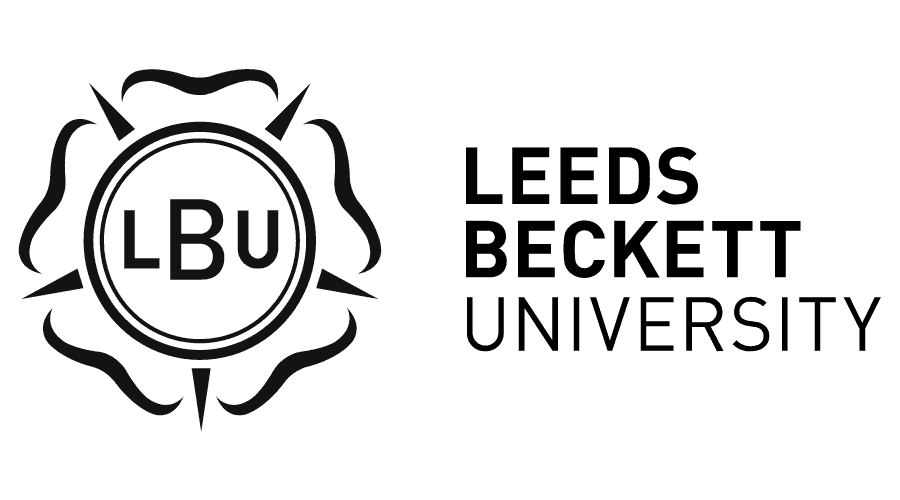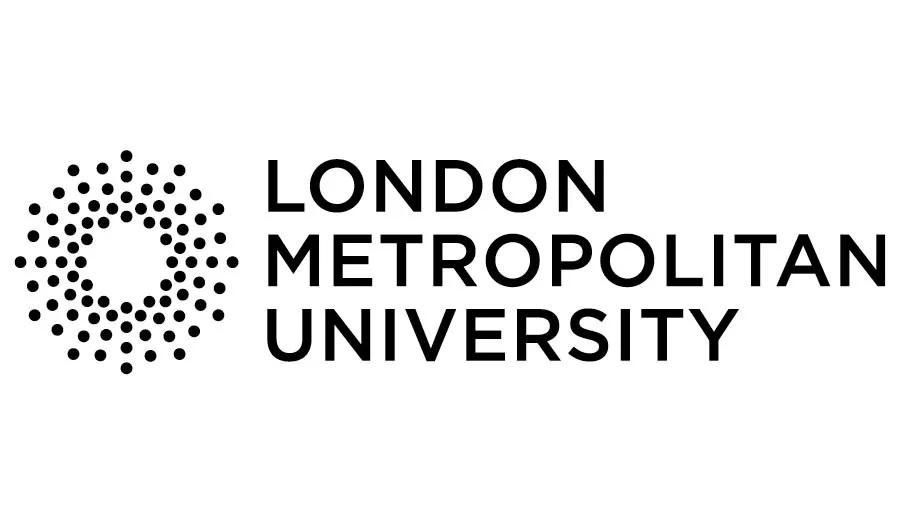Architectural Technology
Welcome to the world of Architectural Technology, a dynamic field that bridges creativity and technical expertise to shape the built environment. For Indian students dreaming of studying abroad, this course offers an exciting pathway to global opportunities in design, construction, and innovation. Whether you're passionate about sustainable buildings, urban planning, or cutting-edge technology in architecture, pursuing Architectural Technology overseas can equip you with skills that are in high demand worldwide. In this guide, we'll explore everything you need to know about the course, from its core concepts to career prospects, tailored especially for aspiring Indian scholars.
What is Architectural Technology?
Architectural Technology is a specialized discipline that focuses on the practical and technical aspects of designing and constructing buildings. Unlike traditional architecture, which emphasizes artistic vision, this field dives deep into the science behind structures—ensuring they are safe, efficient, and sustainable. Professionals in this area use advanced software, materials science, and engineering principles to turn conceptual designs into reality.
For Indian students, this course is particularly appealing because India's booming real estate and infrastructure sectors, like the Smart Cities Mission, demand experts who can blend global standards with local needs. Studying abroad exposes you to international building codes, green technologies, and innovative practices that can give you a competitive edge back home or in multinational firms.
- Core Focus Areas: Building design, structural analysis, environmental systems, and construction management.
- Duration: Typically 3-4 years for a bachelor's degree, with options for master's programs lasting 1-2 years.
- Skills Gained: Proficiency in CAD software (like AutoCAD and Revit), understanding of BIM (Building Information Modeling), and knowledge of sustainable practices such as LEED certification.
Imagine contributing to projects like eco-friendly skyscrapers in Dubai or heritage restorations in Europe—these are the real-world applications that make Architectural Technology so rewarding.
Why Study Architectural Technology Abroad as an Indian Student?
India's education system is rigorous, but studying Architectural Technology abroad unlocks doors to world-class facilities, diverse cultural experiences, and networks that span continents. Countries like the UK, USA, Canada, and Australia lead in architectural innovation, offering hands-on learning through state-of-the-art labs and industry placements.
Key Benefits for Indian Students:
- Global Exposure: Learn from international faculty and collaborate with peers from around the world, enhancing your adaptability in a multicultural workforce.
- Advanced Technology Access: Overseas universities provide cutting-edge tools like 3D printing for prototypes and VR simulations for design reviews—resources often limited in India.
- Sustainable Focus: With climate change a global priority, programs abroad emphasize green architecture, aligning with India's push for net-zero buildings.
- Post-Study Work Opportunities: Many countries offer visas allowing 1-3 years of work experience post-graduation, helping you build a resume before returning or staying abroad.
- Cultural and Personal Growth: From exploring historic sites in the UK to vibrant urban life in Canada, your study abroad journey enriches your perspective, making you a well-rounded professional.
Moreover, Indian students often find supportive communities abroad, with Indian student associations providing a home away from home. The exposure to diverse climates and regulations prepares you for India's varied terrains, from Himalayan hill stations to coastal metros.
Course Structure and Curriculum
The curriculum for Architectural Technology is designed to build a strong foundation in both theory and practice. Most programs follow a modular structure, progressing from basics to advanced projects. Expect a mix of lectures, workshops, site visits, and a final-year dissertation or capstone project.
Typical Modules Across Semesters:
| Year/Semester | Key Modules | Description |
|---|---|---|
| Year 1 | Introduction to Architectural Design Building Materials and Construction |
Learn fundamentals of drawing, materials like concrete and steel, and basic construction techniques. |
| Year 2 | Structural Engineering Basics Environmental Design |
Explore load-bearing systems, HVAC (heating, ventilation, air conditioning), and energy-efficient designs. |
| Year 3 | Digital Design and BIM Project Management |
Master software tools and learn to manage budgets, timelines, and teams for real-world projects. |
| Year 4 (or Master's) | Advanced Sustainable Architecture Professional Practice and Internship |
Focus on case studies, ethics, and a mandatory internship with firms like Arup or Foster + Partners. |
Many programs include electives like urban regeneration or disaster-resilient design, which are relevant for Indian contexts such as earthquake-prone regions. Assessments involve portfolios, exams, and group projects, fostering teamwork skills essential for the industry.
Top Destinations and Universities for Architectural Technology
Choosing the right destination can make all the difference. Here's a curated list of popular countries and universities, known for their strong programs and support for international students, including Indians.
- United Kingdom: Home to historic architecture and modern marvels. Top picks: University of Westminster (BSc Architectural Technology) and Nottingham Trent University—affordable tuition around £14,000-£16,000 per year, with scholarships for Indians via British Council.
- Canada: Emphasizes sustainability and offers post-study work visas. Recommended: Ryerson University (Toronto) and University of Calgary—tuition £15,000-£20,000, plus co-op programs for paid internships.
- USA: Innovation hub with diverse climates. Highlights: New York Institute of Technology and California Polytechnic State University—costs $25,000-$40,000 annually, but generous funding through FAFSA for internationals.
- Australia: Focus on eco-friendly designs. Standouts: University of Technology Sydney and Deakin University—fees AUD 30,000-40,000, with part-time work rights for students.
- Other Options: Ireland (Dublin Institute of Technology) for EU access, or New Zealand (Unitec Institute) for smaller class sizes.
These universities often rank high in QS World University Rankings for architecture-related subjects and provide dedicated international offices to assist with visas and accommodation.
Career Opportunities After Graduation
Graduates of Architectural Technology are highly employable, with roles spanning design firms, construction companies, and government agencies. In India, the demand is surging due to initiatives like AMRUT (Atal Mission for Rejuvenation and Urban Transformation), while abroad, you can join global giants.
Popular Career Paths:
- Architectural Technologist: Create technical drawings and ensure designs meet regulations—starting salary in UK: £25,000-£35,000; in India: ₹4-8 lakhs per annum.
- BIM Specialist: Manage digital models for projects—high demand in the Middle East, with salaries up to $60,000 in the USA.
- Sustainability Consultant: Advise on green buildings—ideal for India's net-zero goals, earning ₹6-12 lakhs in firms like TERI.
- Construction Project Manager: Oversee builds from start to finish—global opportunities in Singapore or Dubai, with packages exceeding ₹10 lakhs.
- Urban Planner: Design city spaces—roles in NITI Aayog or international NGOs.
With experience, you could advance to senior roles or start your own consultancy. Professional bodies like CIOB (Chartered Institute of Building) offer certifications to boost your credentials.
Entry Requirements for Indian Students
Admission is competitive but achievable with strong academics. Most programs require:
- Academic Qualifications: 10+2 with Physics, Chemistry, and Math (minimum 60-70% from CBSE/ICSE boards). For master's, a relevant bachelor's with 55%+.
- English Proficiency: IELTS 6.0-6.5 or TOEFL 80-90. Some universities accept Duolingo for Indians.
- Portfolio: Submit sketches or projects showcasing your interest in design (not always mandatory for tech-focused programs).
- Other: Personal statement, letters of recommendation, and sometimes an interview. GRE is rare but check for US programs.
Indian students should aim for universities with conditional offers if English scores are pending.
Scholarships and Financial Aid
Funding your dreams is crucial. As an Indian student, explore these options:
- University-Specific: Merit-based awards like the University of Westminster's International Scholarship (£2,000-£5,000).
- Government Schemes: UK's Chevening Scholarships (full coverage for master's) or Australia's Endeavour Awards.
- Indian Government: National Overseas Scholarship for SC/ST students, covering up to ₹15-20 lakhs.
- Private Funding: Inlaks Shivdasani Foundation grants for arts and design fields.
Budget wisely: Total costs (tuition + living) range from £20,000-£50,000 per year. Part-time jobs (up to 20 hours/week) can help offset expenses.
Application Process and Visa Tips
Start early—deadlines are often 6-12 months in advance.
- Research and Apply: Use UCAS for UK, OUAC for Canada, or direct portals. Tailor your application to highlight Indian projects like vernacular architecture.
- Secure Funding Proof: Show bank statements or loan letters for visas.
- Visa Application: For UK Tier 4, Canada Study Permit—apply via VFS Global in India. Include CAS (Confirmation of Acceptance for Studies) and TB test.
- Pre-Departure: Attend orientation webinars; pack for varying climates.
Common pitfalls: Incomplete documents—double-check with agents like IDP or British Council.
In conclusion, Architectural Technology abroad is more than a degree; it's a launchpad for a fulfilling career in shaping tomorrow's world. With India's urban boom and global sustainability needs, your international expertise will be invaluable. Take the first step today—research, apply, and build your future!




















